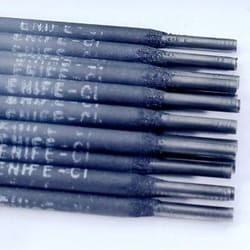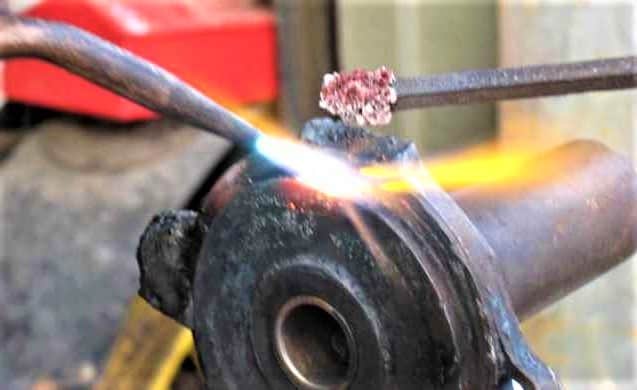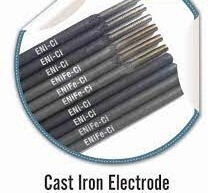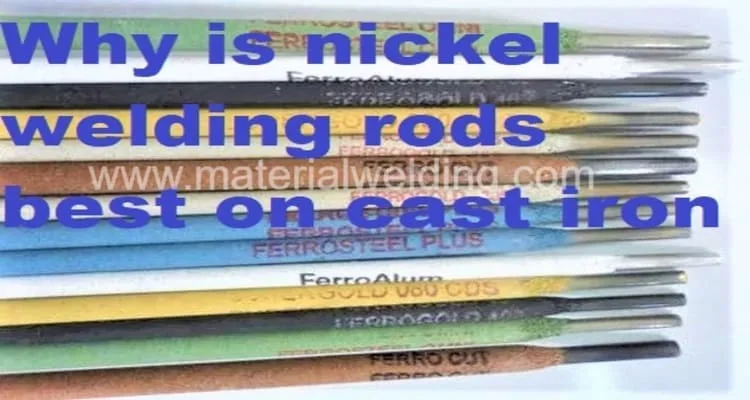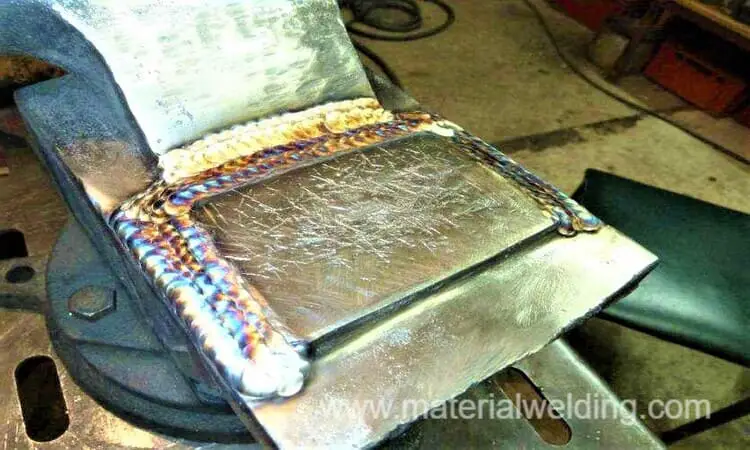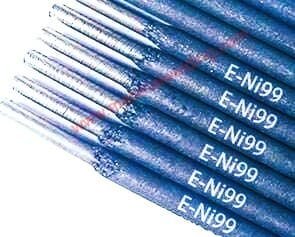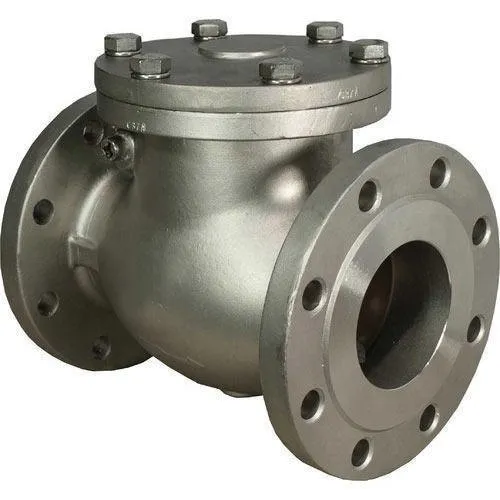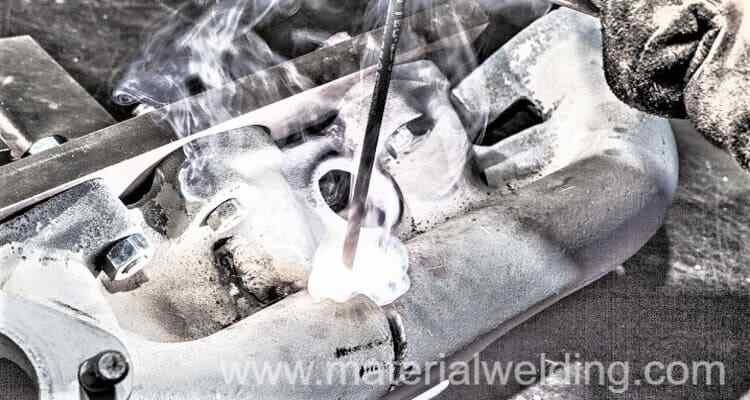Cast Iron is typically classified into three main categories: gray iron, ductile iron, and malleable iron, each characterized by a high carbon content exceeding 2%. On the other hand, Cast Steel encompasses both standard carbon steel and alloy steel varieties, with carbon content remaining below the 2% mark.
Cast iron, cast steel, and steel are three commonly used materials in various industrial and household applications, including cookware, pipes, and machinery parts. While these materials share some similarities, they also have significant differences in terms of composition, properties, and applications.
Understanding how to tell the difference between cast iron, steel, and cast steel is essential for making informed decisions when purchasing or using products made from these materials.
In this blog article, I have covered the characteristics and differences between cast iron, steel, and cast steel, including their composition, physical properties, and applications. By the end of this article, you will be able to distinguish between these materials and choose the most suitable one for your specific needs.
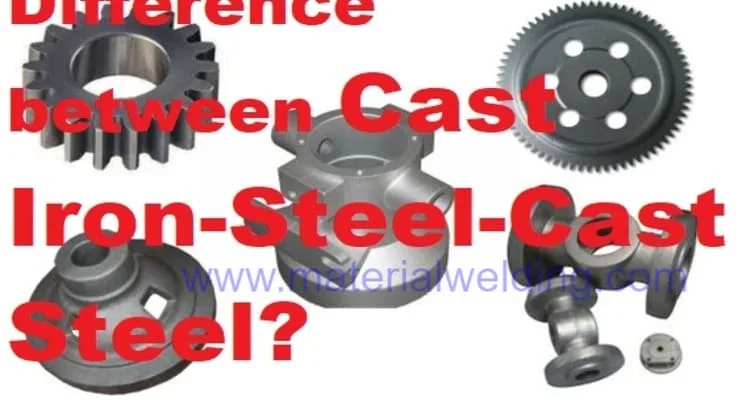
Differences between Cast Steel, Cast Iron and Steel
Here is a table highlighting the key differences between cast steel, cast iron, and steel:
| Property | Cast Steel | Cast Iron | Steel |
|---|---|---|---|
| Carbon Content | 0.1% – 1.5% | 2.0% – 4.0% | 0.2% – 2.0% |
| Strength | High | Low to Medium | High |
| Compressive Strength | High | High | Low |
| Grain Size | Coarse | Coarse | Fine |
| Malleability | Very bad | Very bad | Good- Excellent |
| Ductility | High | Low | High |
| Toughness | Very bad | Very bad | Good- Excellent |
| Wear Resistance | High | High | Moderate |
| Corrosion Resistance | Low | Medium | High (Stainless Steel) |
| Machinability | Moderate | Poor | High |
| Cost | High | Low to Medium | Moderate to High |
| Applications | Heavy-duty machinery and equipment, construction, and automotive parts. | Castings such as engine blocks, manhole covers, and pipes. | Construction, automotive, manufacturing, and many others. |
Cast Steel, Cast Iron and Steel grades examples
| Material | Grade Examples |
|---|---|
| Cast Steel | ASTM A27 Grade 70-40, ASTM A148 Grade 90-60, ASTM A352 Grade LCC |
| Cast Iron | ASTM A48 Class 30, ASTM A48 Class 40, ASTM A536 Grade 80-55-06 |
| Steel | ASTM A36, ASTM A572 Grade 50, AISI 304 Stainless Steel |
Cast Iron and its types
Cast iron is a group of iron-carbon alloys with a carbon content greater than 2%. It is formed by melting iron along with a high carbon content material, usually coke, and pouring the molten metal into molds, where it cools and solidifies into the desired shape.
Related Reading: Types of Cast Irons, Identification & their Welding
The presence of carbon in cast iron provides it with its unique properties such as high hardness, wear resistance, and excellent machinability. There are four main types of cast iron, each with its unique composition and properties:
1. Gray iron
This is the most common type of cast iron, accounting for about 80% of all cast iron production. Gray iron contains about 2.5-4% carbon and 1-3% silicon, which gives it its characteristic gray color. Gray iron has excellent thermal conductivity, good machinability, and is highly resistant to wear and deformation.
2. Ductile iron
Also known as nodular or spheroidal graphite iron, ductile iron is produced by adding magnesium or other nodulizing agents to the molten iron before casting.
This process creates a matrix of graphite nodules within the iron, making it more ductile and flexible than gray iron. Ductile iron is often used in automotive and construction applications where strength and durability are required.
3. White iron
White iron contains high levels of carbon and silicon and has a white, shiny appearance. It is extremely hard and brittle and is often used in applications where high wear resistance is required, such as in mining and drilling equipment.
4. Malleable iron
Malleable iron is created by annealing white iron at high temperatures and then rapidly cooling it. This process converts some of the carbon in the iron into graphite, which gives it improved ductility and toughness. Malleable iron is commonly used in plumbing and electrical applications.
What is Cast Steel?
Cast steel is a type of steel that is produced by melting iron, steel scrap, and various alloying elements, including carbon (less than 2%), manganese, silicon, and other minor alloying elements, in a furnace.
The molten metal is then poured into a mold and allowed to cool and solidify, forming the desired shape. Cast steel is valued for its high strength, toughness, and resistance to wear, corrosion, and heat.
Compared to other casting materials such as cast iron or aluminum, cast steel is much stronger and more durable, making it an excellent choice for applications that require high strength and toughness.
The composition of cast steel can be varied to create a range of different properties, such as high strength, wear resistance, or corrosion resistance, depending on the application.
Some common applications of cast steel include construction and engineering projects, machinery and equipment components, automotive parts, and tools. Cast steel is also frequently used in the manufacturing of industrial pipes, valves, and fittings, due to its ability to withstand high pressure and high temperatures.
Related Reading: How to Identify Metals: Complete Guide
What is Steel?
Steel is a type of alloy made primarily of iron and carbon, with small amounts of other elements such as manganese, silicon, Sulfur, and phosphorus. The carbon content in steel is typically between 0.2% and 2.0%, depending on the desired properties of the steel.
There are several different types of steel, each with its unique properties and applications. Some of the most common types include:
- Carbon steel
- Stainless steel
- Tool steel
- Alloy steel
- Mild steel
- Galvanized steel
- Weathering steel
- Electrical steel
- High-speed steel
- Spring steel.
How to tell between Cast Iron-Steel-Cast Steel?
Here are some ways to tell the difference between cast iron, steel, and cast steel:
- Color: Cast iron has a dull gray color, while steel is usually a silver or gray color. Cast steel can vary in color, but it generally has a darker and rougher appearance compared to steel.
- Spark Test: A spark test can be performed to determine the material type. When a grinding wheel or file is used to produce sparks from the material, the sparks produced by cast iron will be a bright red-orange color and will be short and burst-like. The sparks produced by steel will be a lighter, cooler orange color and will be longer and thinner. Cast steel sparks will be similar to steel but may be slightly shorter and thicker.
- Appearance: Cast iron typically has a rough and bumpy surface, while steel and cast steel have smoother surfaces. Cast steel may have a slightly rougher appearance than steel due to the casting process.
- Easy Identification: If the material is magnetized, it is likely steel or cast steel as cast iron is not magnetic. Cast iron is also more brittle than steel and cast steel and can be easily broken or chipped.
References:
